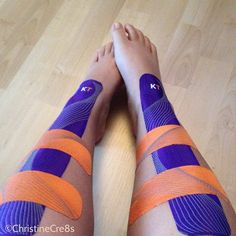We’ve all seen people use those blue tubes of torture in the gym. You can roll your calves, you can roll your ITB (side of the thigh), hell, you can even roll your head – if you want to. But is the torture of rolling really worth the pain?
Flexibility:
Foam rolling and static stretching increase flexibility above either stretching or rolling in isolation (1, 2). Additionally, it has also been shown that foam rolling increases flexibility, without impairing muscle force (3). This all sounds great and I bet you’re all about to rush out and buy a foam roller. Unfortunately, it appears that these changes in flexibility last no more than ten minutes(1)! Yikes.

Performance:
Foam rolling immediately after exercise reduces post-exercise muscular soreness (DOMS) and improves performance in training (sprint time, endurance and power) in the days following (4). Another study, found similar results but also noted changes in vertical leap in the days following rolling (5). Additionally, foam rolling might reduce fatigue after exercise (6).
Is it healthful:
Flexibility: At roughly AU$20 a roller, you’re paying a fair bit for a 10 minute change in flexibility. Although, if flexibility is important to your sport of choice, pre-game rolling might be worth your while.
Our verdict: Slightly healthful.
Sports performance: Foam rolling after exercise is likely to reduce soreness in the following days and will improve short term performance. This might lead to long-term improvements. In this case, we feel the $20 is warranted.
Our verdict: Moderately healthful.
I hope this has been healthful!







